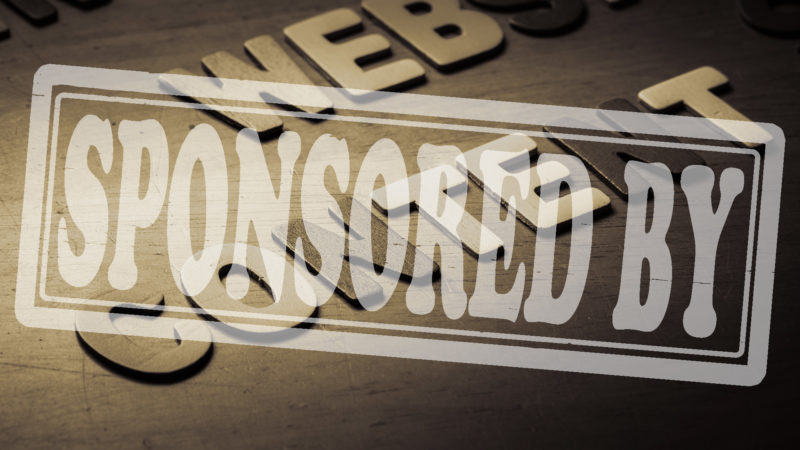Is There Such A Thing As Too Native?
Yes, it is possible for ad content to be "too native," says columnist Lauren Weinberg. She discusses how ad transparency results in consumer trust, which in turn will increase an ad's effectiveness.
Native advertising has earned a ton of industry buzz: 72 percent of publishers are currently offering native ads or are planning to within the next several years. It’s easy to see why.
According to research Yahoo recently conducted, more than 60 percent of consumers have a favorable view of native ads. (Disclosure: Yahoo is my employer.)
For consumers, when an ad blends smoothly into the flow of the content, it can create a less disruptive experience and drive deeper engagement.
Native ads have created new opportunities for digital and mobile marketers, as well. With formats including search, in-feed, in-ad, custom, widgets and promoted listings, there’s a variety of ways to tap into these opportunities.
What’s more, native ads are a way for brands to give back to consumers by making their online experience more enriching. They encourage innovative creative and copy, which can increase relevance and drive stronger results.
Research on Yahoo native campaigns found that branded searches see 3.6 times the lift when ads are integrated within an editorial feed, compared with standard display. Furthermore, IPG Media Lab’s 2014 study on native ads found that consumers look at native ads 52 percent more frequently than traditional banner ads.
So it’s no surprise that in 2015, 79 percent of advertisers plan to buy native ads.
3 Keys To A Powerful Native Ad Campaign
When it comes to native advertising campaigns, there are three main keys to success:
- Select The Right Platform: Make sure your content is aligned with the purpose, tone and visual style of the site you choose.
- Add Value For Users: If users find the content informative and in line with their interests, they’ll read and share it, even if it is presented by a brand.
- Be Transparent: Native content that is very clearly identified as sponsored, clearly branded and includes a clear call to action performs best.
I’m going to focus on the third key to success, transparency, which has been a hot topic in the industry. One reason is that when we think about an ad being native, we often think the more an ad looks like the content around it, the better.
But can a native ad ever be too native? So native that even if the ad is the best content on the page, viewers will miss the brand connection?
At Yahoo, we recently conducted a case study with an important conclusion for marketers: Yes, there is such thing as too native. Modifying ads to be too native significantly impacts brand metrics such as awareness and recognition — in a negative way.
Greater Transparency Leads To Stronger Results
Not only do consumers have a right to know if content is paid for, it benefits the brand for them to know. Greater ad transparency not only leads to more consumer trust, it actually leads to stronger ad effectiveness.
What led to this interesting conclusion was a study we conducted last year with adults ages 18–54 in the United States. As part of the study, we tested three mobile ads for a CPG (consumer packaged goods) brand — all clearly labeled as sponsored.
The first ad did not include a brand logo; the second did include a logo; and the third included the brand logo and a modified headline with more active, actionable language.
Adding a logo and changing the messaging (the third ad) significantly increased top-of-mind, unaided brand awareness — a 20 percent lift over the first ad. It also drove a 20 percent lift in overall brand favorability and a 17 percent lift in purchase consideration.
In fact, the new ads helped the CPG brand overtake its competition for next-time purchase intent and greater likelihood to recommend the brand to friends and family.
As we dove deeper, we found that consumers actually preferred the second and third ads — the ones with brand logos. Why? Consumers noted that it was clear to them who the sponsor or advertiser was, and they had a better understanding of what was content and what was advertising.
These findings show how important earning and maintaining consumers’ trust is to native advertising and campaign performance.
Key Takeaway
The main takeaway from our study for advertisers is that while consumers are open to and prefer native advertising experiences, they want to know up front that the content is sponsored.
There’s a fine balance between blending in with the content environment and delivering an impactful marketing message, but brands that provide greater transparency will have stronger results.
While there are several keys to successful native advertising, it’s clear that more transparent native ads will have greater impact in critical areas beyond just awareness, including favorability, consideration and likelihood to recommend.
Contributing authors are invited to create content for MarTech and are chosen for their expertise and contribution to the martech community. Our contributors work under the oversight of the editorial staff and contributions are checked for quality and relevance to our readers. The opinions they express are their own.
Related stories
